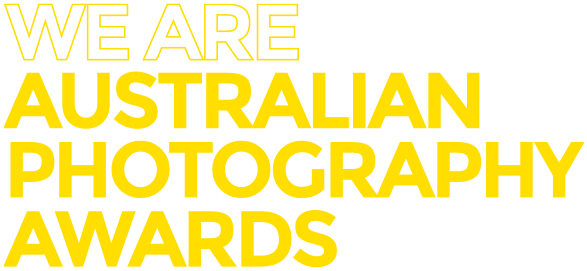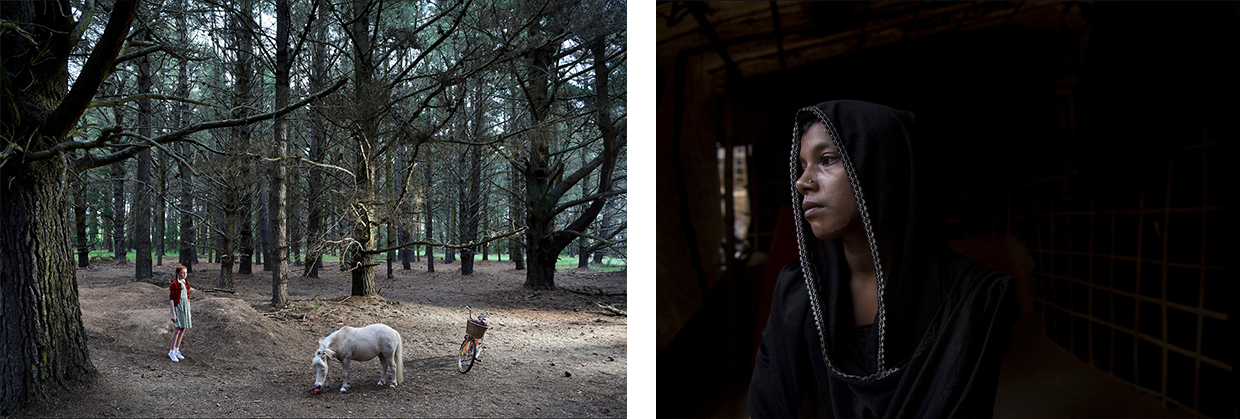Documentary photography is a hard genre to define. When considering the act of photography, we have to reconcile with the act of documenting.
If we come to the conclusion that every image we make is in some way an act of documentation, what sets a documentary photograph apart from say, an environmental portrait? What is the difference between photographing a landscape for the purpose of documentation or for the purpose of producing a beautiful image? At what point does a beautiful image become a beautiful documentary image?
Firstly we would have to determine intent. The intent of an artist will always impact the final work more so than perhaps any other aspect of its creation. Documentary imagery needs to contain more information and concept than your average photograph. Whereas a beautiful wildlife picture can exist inherently for the sake of being beautiful, a documentary photograph needs to provide the viewer something extra to digest. A good documentary photograph provides the viewer with something to think about beyond just the visuals themselves.
With this being said, what constitutes a documentary photograph is as defined by history as it is defined by the artist’s intent. Photographs which do not inherently attribute characteristics of documentary photography at the time of their taking can still become a documentary photograph once viewed with retrospect decades later.
As with all photography and all art for that matter, any image can be a documentary photograph so long as the artist can explain and defend its reasons for being so. Similarly an artist must be able to explain and defend their methodology in documentary photography, as it is perhaps more scrutinised than other forms of imagery.
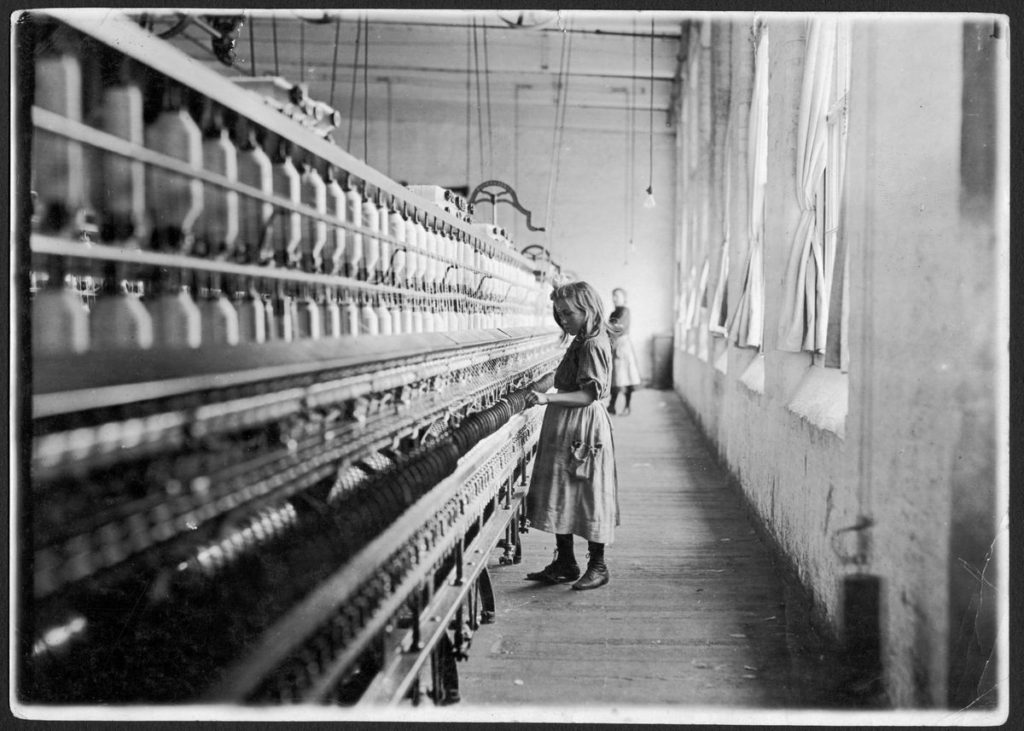
This image by Lewis Hine, an influential American photographer from the turn of the 20th Century, is one of many works he created documenting child labor in the United States. Assigned by the National Child Labor Committee in 1908, Hine began travelling America to document the practices of working children across the country. He took statements from children, catalogued their jobs and whereabouts and took their pictures. Each photograph is accompanied by detailed captions, outlining the stories behind the images. Due to this detailed and truthful dedication to his work, Hine is considered to be instrumental in the changing of public opinion against child labor in the US, eventuating in legislation abolishing the practice.
To dissect Hine’s approach to documentary photography, he made work that was honest and kept records to defend this truth. He worked directly with the children that he photographed, speaking to them and understanding their stories. Whilst he may have had an agenda or outcome intended from the creation of the work, he allowed the record of his experiences to provide an accurate representation, inciting yet allowing his audience to come to a conclusion based upon the evidence presented.
This is paramount to a sound documentary photographic practice, the presentation of people, events and experiences realistically and with integrity.
The documentary practice has evolved a long way since the early days of photojournalism and visual sociology.
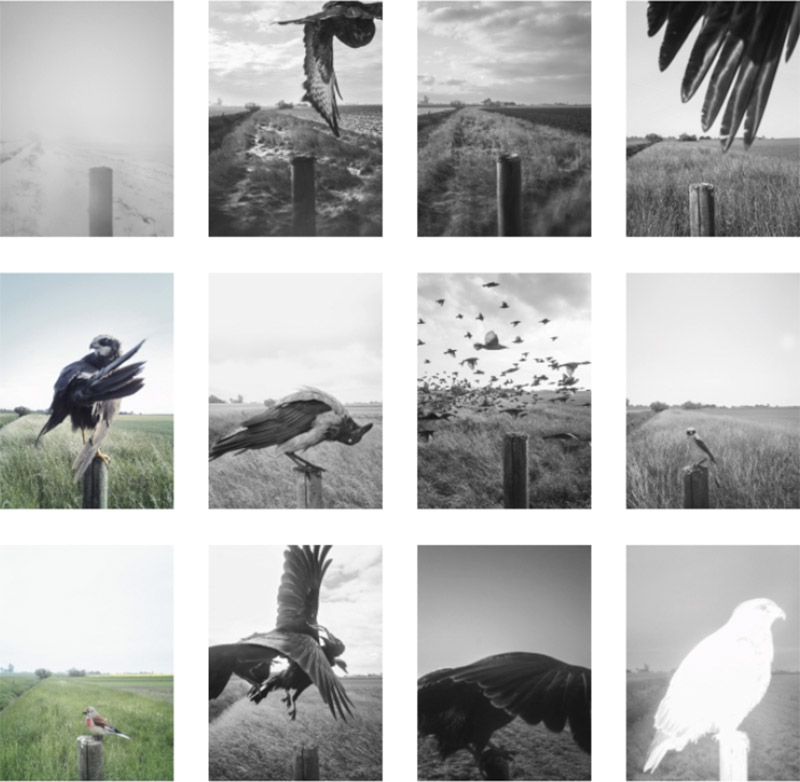
Stephen Gill – The Pillar
Documentary photographers are constantly innovating and discovering new ways to tell honest stories, finding metaphors for life along the way. Stephen Gill’s book The Pillar is one such contemporary addition to the field.
For The Pillar, Gill set up a motion-sensitive camera adjacent to a wooden stake he had driven into the ground. He then spent four years capturing images of the birds that interacted with his insertion, documenting the changing landscape and aviary activity that graced its perch. By removing himself as the photographer by use of motion-sensitive technology, Gill has been quoted as saying that;
“In a way, the birds made the work themselves, I’ve just orchestrated an environment in which the pictures can be born.”
This philosophy of limited input during the creation of the imagery has an incredible impact on the final work, allowing the birds to in a way formulate their own ‘decisive moment’. Of course the work has been sequenced and produced by Gill, but even in that realm he allows the progression of pictures to be erratic and free from traditional boundaries of linearity. Perhaps most powerful in Gill’s work are the metaphors that it allows us to interpret as individuals in the audience. Depicting a true and honest event, but in a way that encourages people to extract meaning differently according to personal romanticisms or life experience is a powerful and modern approach to documentary narrative.
James Bugg, an Australian photographer from Melbourne, is also amongst those artists who are redefining what it means to create documentary imagery. Working slowly and concentrating on a small area per project allows Bugg to explore deep, weaving stories that exist within the fabric of a place.
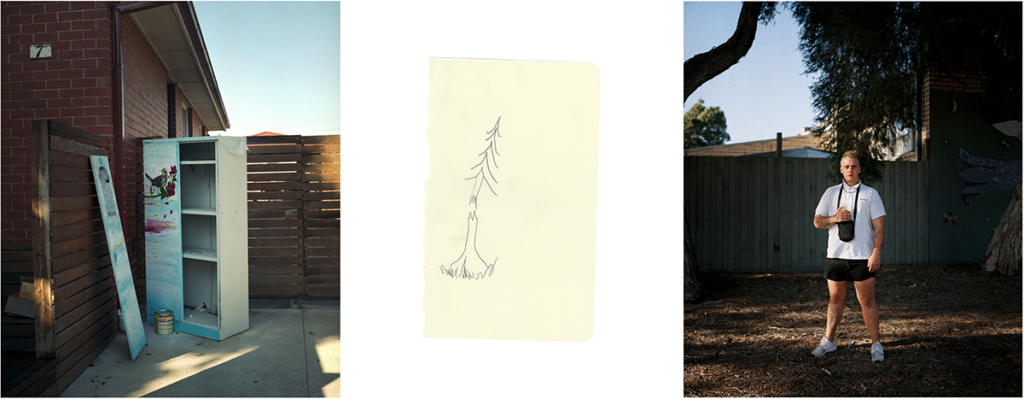
James Bugg – The Pines
For his project The Pines, Bugg retrospects on the journey of a suburb from Pine plantation, to housing estate to crime hotspot. Bugg’s usage of hand-drawn pictures of Pine tree’s set amidst traditional medium format portraits and photographs of south-east Melbourne suburbia form a lyrical sense of motion ever more present in contemporary long-form projects.
By combining mediums, storytelling and an honest connection to subject, it is here that documentary photography truly shines most brightly. Being a member of the new generation of photographers beginning to emerge, Bugg has already made his vision known to the world. Bugg was the youngest ever recipient of the prestigious Moran Contemporary Photographic Prize back in 2018 at the age of just 22. His contemporary approach also saw him recently invited to join Oculi, a highly regarded collective of Australian photographers.
Bugg had only just completed his training at Photography Studies College in Melbourne upon receiving the award, which is not so surprising considering the talent being produced by the contemporary educators at PSC.
As varied as the field of practice itself, our Documentary Committee for 2020 will be approaching considerations from all corners of experience. We are pleased to introduce them here;
Carly Earl
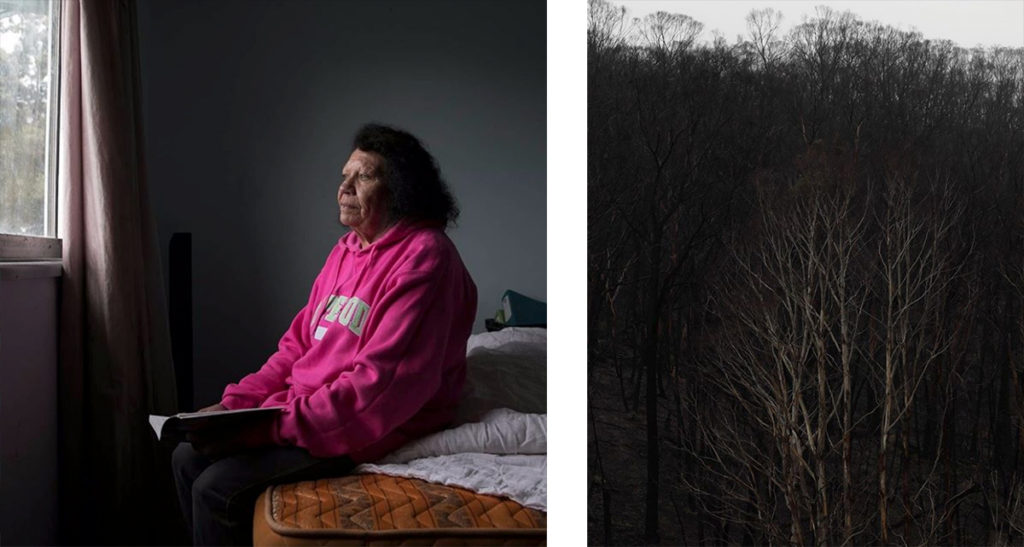
Carly Earl is an award-winning photojournalist with over 9 years experience working in Australian news media. Carly’s current position as Picture Editor for the Guardian Australia has her working alongside the best photojournalists in the country as well as regularly creating her images to sit next to the biggest news stories of the year.
Carly has a wealth of knowledge in respect to what goes into a great documentary photograph, being on the front line of creating and curating these projects every day. Working to bring light to diverse stories such as environmental protection, Indigenous affairs, healthcare and women’s rights has culminated in a nuanced understanding of these topics and more which is essential when considering detailed approaches to these subjects.
Through her passion in connecting audiences with the real people behind the stories, Carly continues to work tirelessly to amplify the voices and experiences of Australia.
David Dare Parker
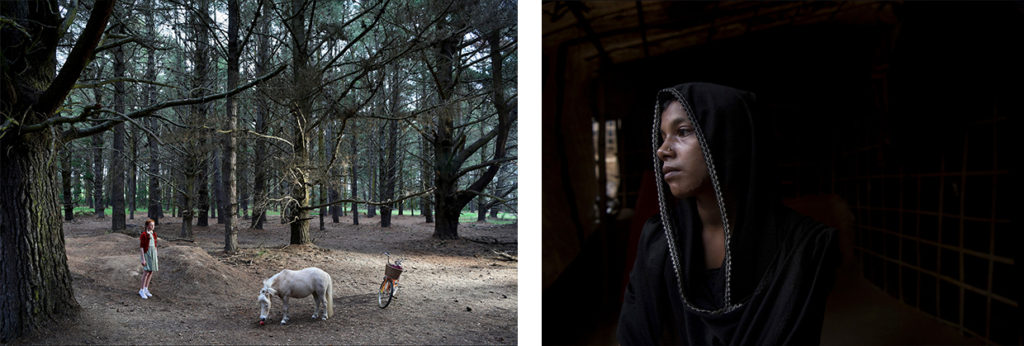
David Dare Parker is a fixture of the Australian Photojournalism community, having worked for and been featured in many newspapers and publications including The New York Times, The Guardian, The Bulletin, Time Australia, LeMonde, Australian Geographic and the books ‘Contact’ – Australian War Photographers and WAR: Degree South. David is also a Walkley Award winner and a Nikon Ambassador.
Outside of his widely celebrated photojournalism, David is also well known for his role as a production stills photographer in the Australian film industry, having been a part of enormous productions such as Mystery Road (season 2), Underbelly Razor, Brothers in Arms – Bikie Wars, Redfern Now and Cloudstreet.
Through his extensive experience documenting conflict zones and film productions alike, David has developed an impassioned eye for storytelling, documentary photography and photojournalistic ethics. When considering work for APA in 2020, David will be searching for images which not only stands out, but are telling original stories with honesty and integrity.
Alana Holmberg

Alana Holmberg is a visual artist combining photography, motion, sound and text to create contemporary documentary work. Celebrated through awards programs like National Portrait Prize (Winner 2019), William and Winifred Bowness Prize for Contemporary Photography and the Maggie Diaz Prize for Photography. Alana is also a member of the Oculi collective and Women Photograph. She has exhibited both nationally and internationally, including shows at Museum of Contemporary Art Zagreb for Organ Vida International Festival of Photography, Lost Ones Gallery in Ballarat and Head on International Festival of Photography.
Not just a creator of photography, Alana has taught and lectured in visual storytelling at universities in Melbourne,, a writer for LensCulture and communications consultant for Unless You Will and Unless You Will Journal, a publication featuring contemporary photographic work and conversations with photographers from around the world. It is through her continued involvement in varied aspects of contemporary documentary practices that Alana has developed an impressive knowledge of what makes a successful and stand-out documentary photograph.
Alison Stieven-Taylor

Alison Stieven-Taylor is an international photography commentator, journalist and educator. Her writing has appeared in publications including The Weekend Australian, World Press Photo Witness, French journal The Eye of Photography and is also the publisher of the widely-read weekly blog Photojournalism Now.
Alison has also been a juror for numerous international photography festivals and awards including FotoEvidence Book Award, ANZ Photobook Awards, the Walkley Awards, Head On Photo Awards and the Indian Photography Festival. She is also the photography advisor to Australian Book Review. Alison is currently writing her PhD on photography and social change and lecturing in media communications at Monash University, Melbourne.
From her history of publication, writing and academia, Alison has a broad understanding of the complexities of documentary photography and photojournalism. It is through this knowledge Alison will be approaching image consideration, looking for thought-provoking and original imagery that can teach an audience something about the world we live in.
